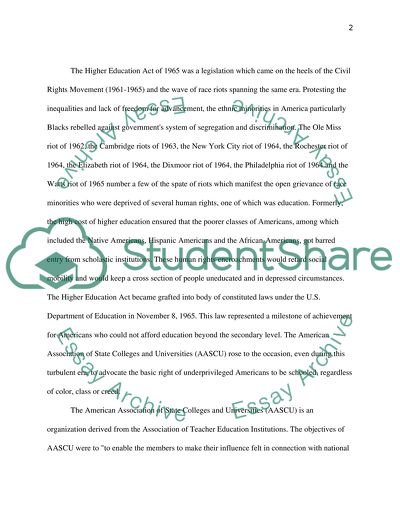Cite this document
(“III analysis of the Higher Education Act of 1965, by 4-10 Research Paper”, n.d.)
Retrieved from https://studentshare.org/family-consumer-science/1410691-iii-analysis-of-the-higher-education-act-of
Retrieved from https://studentshare.org/family-consumer-science/1410691-iii-analysis-of-the-higher-education-act-of
(III Analysis of the Higher Education Act of 1965, by 4-10 Research Paper)
https://studentshare.org/family-consumer-science/1410691-iii-analysis-of-the-higher-education-act-of.
https://studentshare.org/family-consumer-science/1410691-iii-analysis-of-the-higher-education-act-of.
“III Analysis of the Higher Education Act of 1965, by 4-10 Research Paper”, n.d. https://studentshare.org/family-consumer-science/1410691-iii-analysis-of-the-higher-education-act-of.


